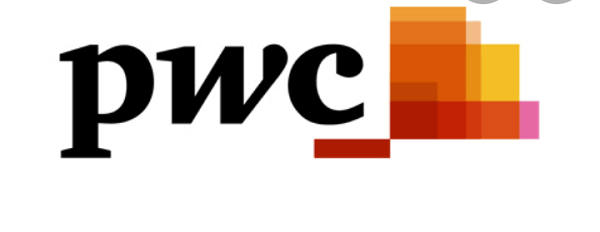New research from PwC shows that as many companies have boosted workforce productivity and performance during the pandemic, cultural and leadership speedbumps have arisen that are inhibiting the creation of robust workforce strategies.
The survey draws upon the views of almost 4,000 business and HR leaders from 26 countries and regions and 28 industry sectors on current workforce challenges and what the future of work may look like for companies.
Remote and hybrid working has provided a short-term productivity boost in most workplaces, with 57% of respondents saying their organisation performed better against workforce performance and productivity targets over the past 12 months, compared to a mere 4% saying their company performed significantly worse in that time.
However, productivity and performance gains may have come at the expense of longer term employee trust. In fact, only 31% of the business and HR leaders surveyed strongly believe their organisation is building high levels of trust between workers and their direct supervisors. Burnout may be partially responsible — nearly three-quarters (74%) are not fully confident that workload is manageable enough for employees to make full use of personal time.
Bhushan Sethi, Joint Global People and Organisation Leader, PwC, said: “As businesses accelerate digital transformation, our findings highlight leadership and culture as crucial areas of execution risk. The confluence of factors such as the potential for worker distrust, competitive talent markets and changing workforce expectations puts a greater emphasis on the role of leaders today – especially the need for inclusive leadership in a hybrid work environment.”
There is a strategic planning dividend
The research found effective organisational planning can pay dividends. Companies that undertook both scenario-based planning (where leaders anticipate their needs for multiple possible futures) and dynamic planning (whereby leaders build responsiveness into plans) were 30 percentage points more likely to perform at or above financial and other targets than those who use neither approach. Additionally, companies that undertake dynamic planning alone, compared to those who embark on scenario-based planning alone, see about a 10 percentage point advantage.
Bhushan Sethi adds: “The pandemic has increased the pressure for more integrated business and workforce strategies, informed by robust scenario planning which for some is delivering tangible financial benefits. As we anticipate greater short and long-term uncertainty, the importance of establishing effective planning practices will be critical to address today’s and tomorrow’s business and workforce priorities.”
Planning must account for the impact of technology on human work
Digitisation will continue to be a top concern for leaders, and there is currently a gap between the heightened role technology will play in the workforce strategy and an understanding of the risks. Only 21% of leaders surveyed strongly agreed that they can identify the potential risks caused by decisions to replace human work with technology. Furthermore, only 25% strongly agreed they communicate clearly and consistently to employees and other stakeholders about the impact of automation and AI.
A focus on skills needs should also be included as a planning imperative. A third of the HR and business leaders surveyed say it’s very important to identify the skills the organisation will need in the future due to technological change but only 26% strongly agree they can currently do this.
Olusola Adewole, Partner & People and Organisation Advisory Leader, PwC Nigeria, said: “Now is the time for leaders to build an environment that supports sustainable productivity. People are integral to the tech equation – leaders need to engage with and listen to their people and be responsive to addressing employee burnout and the desire of people to work for organisations that live up to their purpose, values and culture. This is critical to retaining and motivating employees.”


Comment here